FORGOTTEN MOTOCROSS TECH: THE BOOST BOTTLE CRAZE
Motocross history is filled with examples of creative ideas that were heralded as ground-breaking, but, because of the rapid rate of change in development, sank into the swamp of forgotten technology. Although some are best left on the ash heap of history, others were truly innovative (if not ultimately successful). MXA reveals motocross’ tech trivia. Do you remember this idea? Boost bottles.
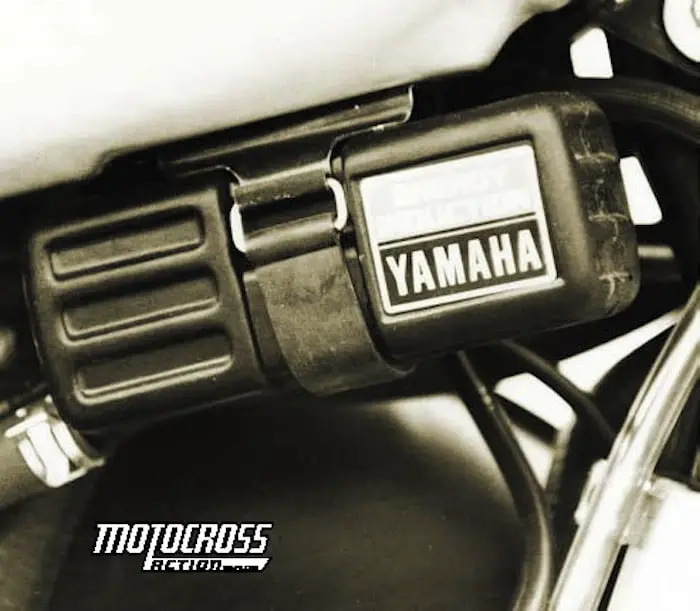
Yamaha was a big believer in the benefits of boost bottles and had them as OEM parts of their race bikes for several years. It’s acronym was YEIS — for Yamaha Energy Induction system. Fancy name for an empty plastic bottle.
If you raced in the ’80s, your bike most likely had a boost bottle. In fact, Yamahas came stock with boost bottles for several years. Of course, if you weren’t racing 30 years ago, you might not know what a boost bottle is. The simplest explanation is that a boost bottle is an empty bottle that is attached between the carburetor and the reed block. Constructed out of aluminum or molded plastic, it is attached to the intake manifold via a rubber hose.
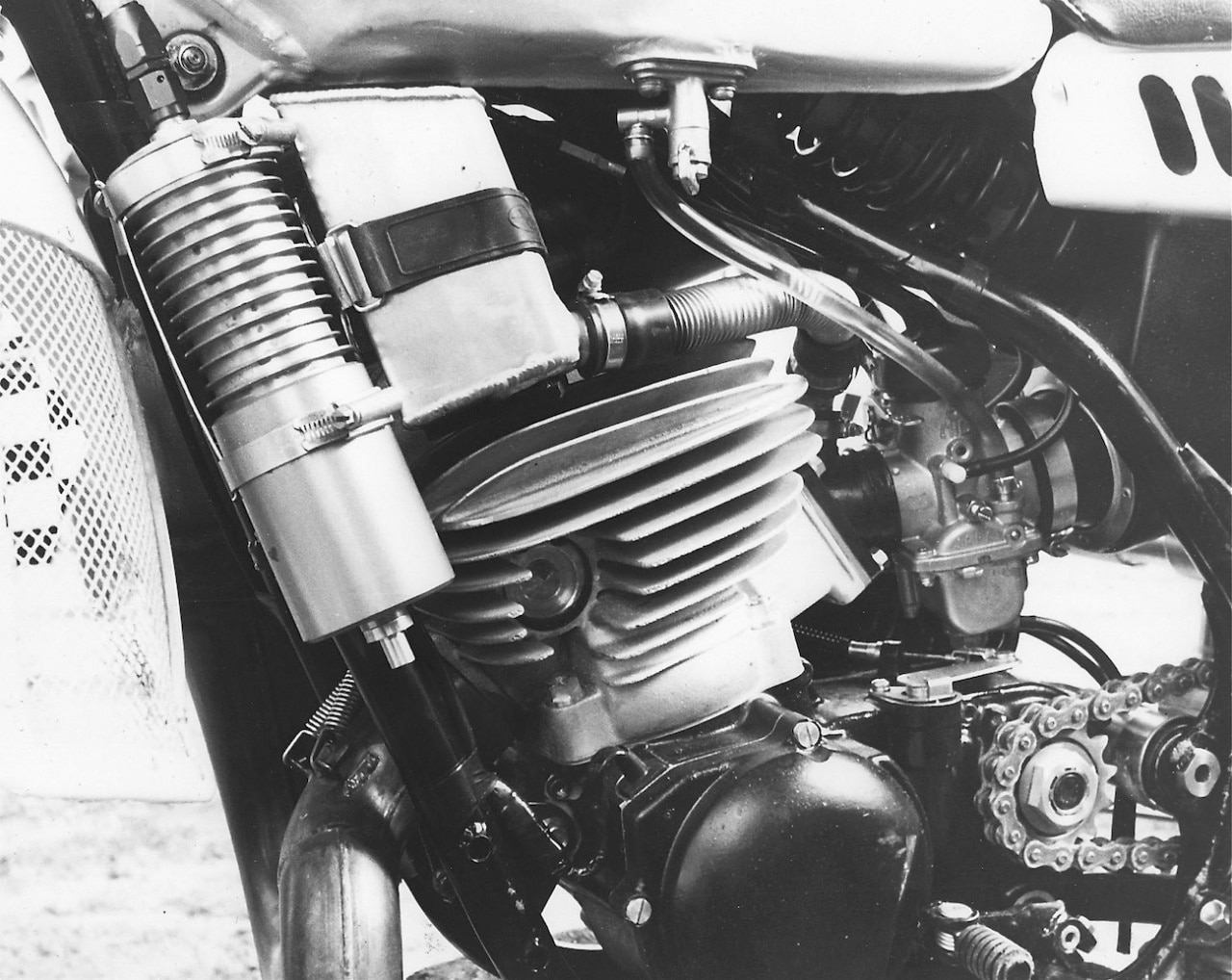 This is a boost bottle strapped to a remote shock reservoir on a works Yamaha.
This is a boost bottle strapped to a remote shock reservoir on a works Yamaha.
How does a boost bottle work? As the engine runs, fuel is drawn into the engine by the suction of the crank going up and down. With each rotation, fuel is sucked into the intake tract, where it waits for the reed valves to flap open so that it can be drawn into the engine’s lower end. As the rpm increase, there is a lot of sucking and flapping going on, and not all of it is in the proper direction. The boost bottle’s hose is attached in the perfect location to siphon the fuel that was rejected by the rapidly closing reeds up into the bottle where it is stored until the reed valves open again.
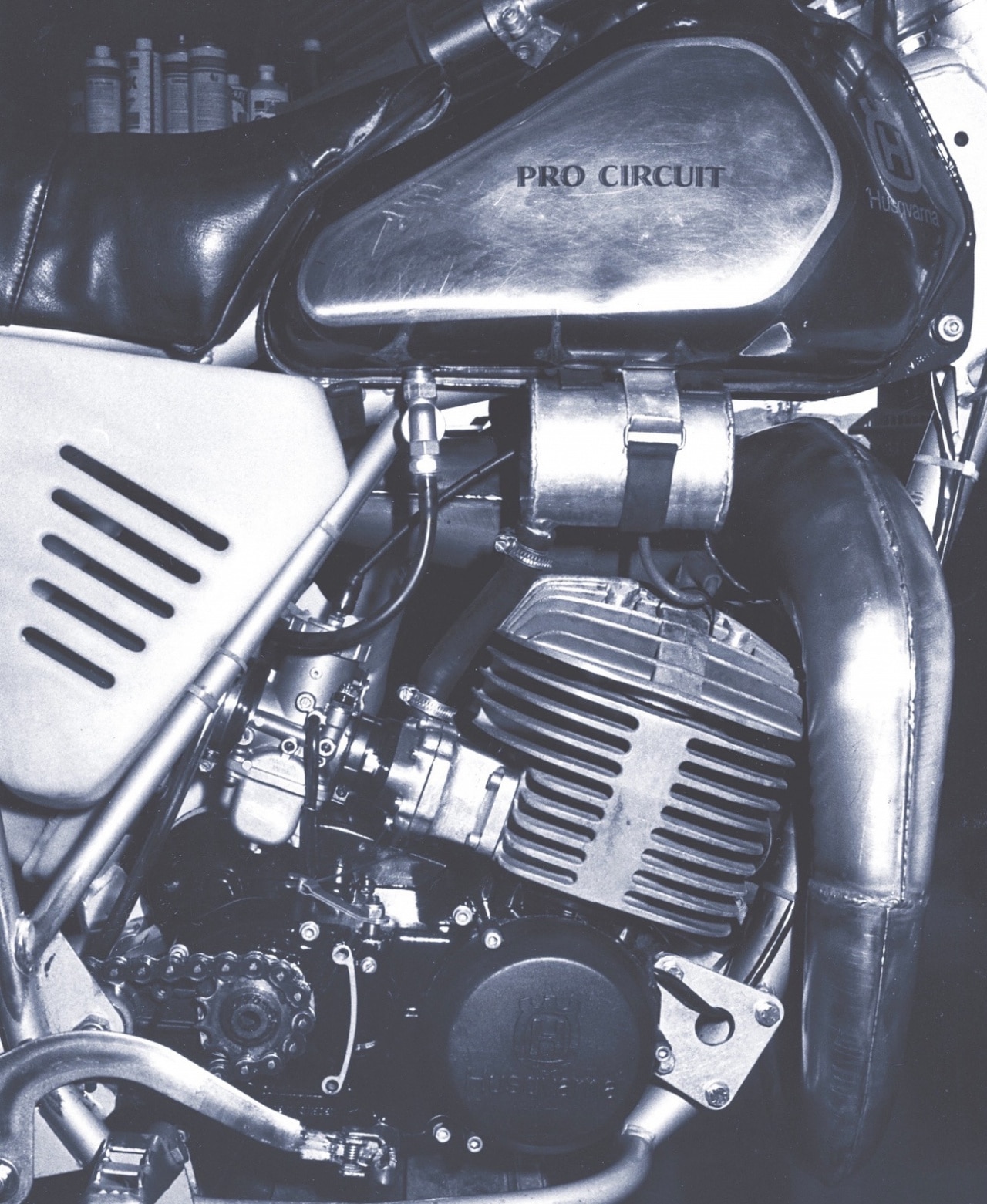 Pro Circuit mounted its aluminum boost bottles to the bottom of their Husqvarna gas tanks with a rubber strap.
Pro Circuit mounted its aluminum boost bottles to the bottom of their Husqvarna gas tanks with a rubber strap.
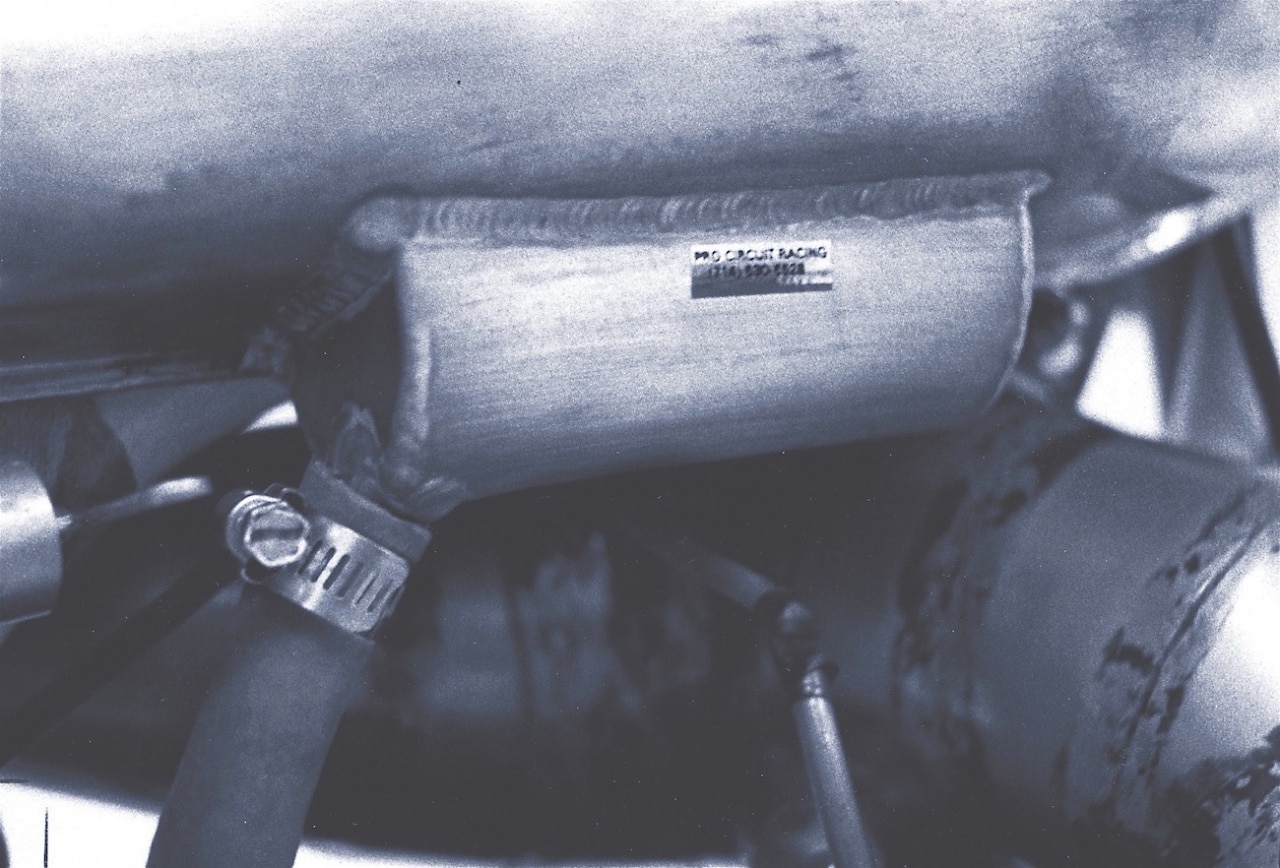 Then Mtch Payton got fancy and had Andy Jefferson’s Husqvarna boost bottle welded into the Husqvarna’s aluminum gas tank.
Then Mtch Payton got fancy and had Andy Jefferson’s Husqvarna boost bottle welded into the Husqvarna’s aluminum gas tank.
In essence, a properly designed boost bottle is like a mini supercharger, providing not only a place for excess fuel to go, but an extra fuel supply when the vacuum of the engine goes in the correct direction. Its effects are felt primarily in the mid-range. Despite their effectiveness, boost bottles suddenly disappeared. They still worked but had fallen out of favor with the fickle market.


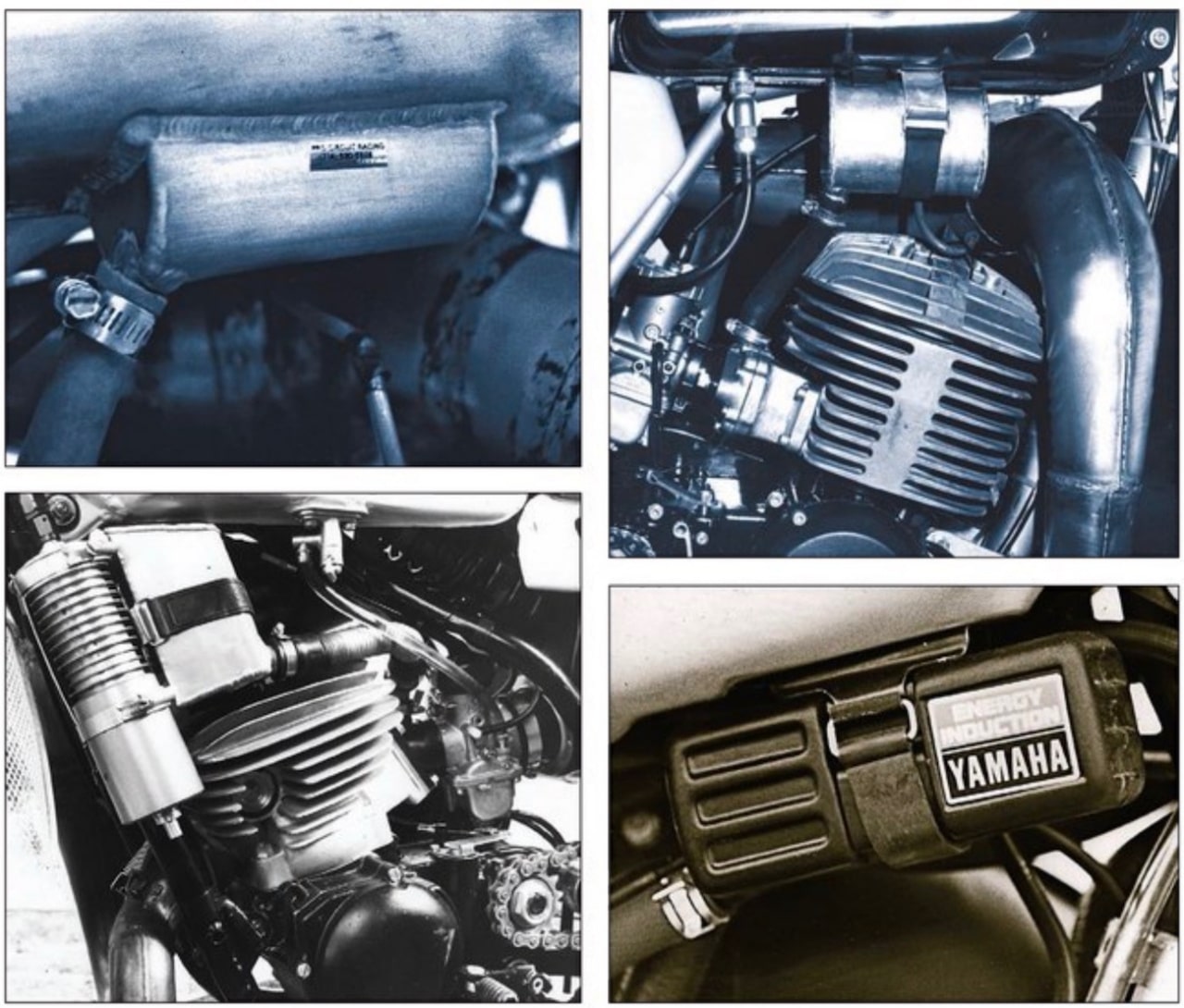




Comments are closed.